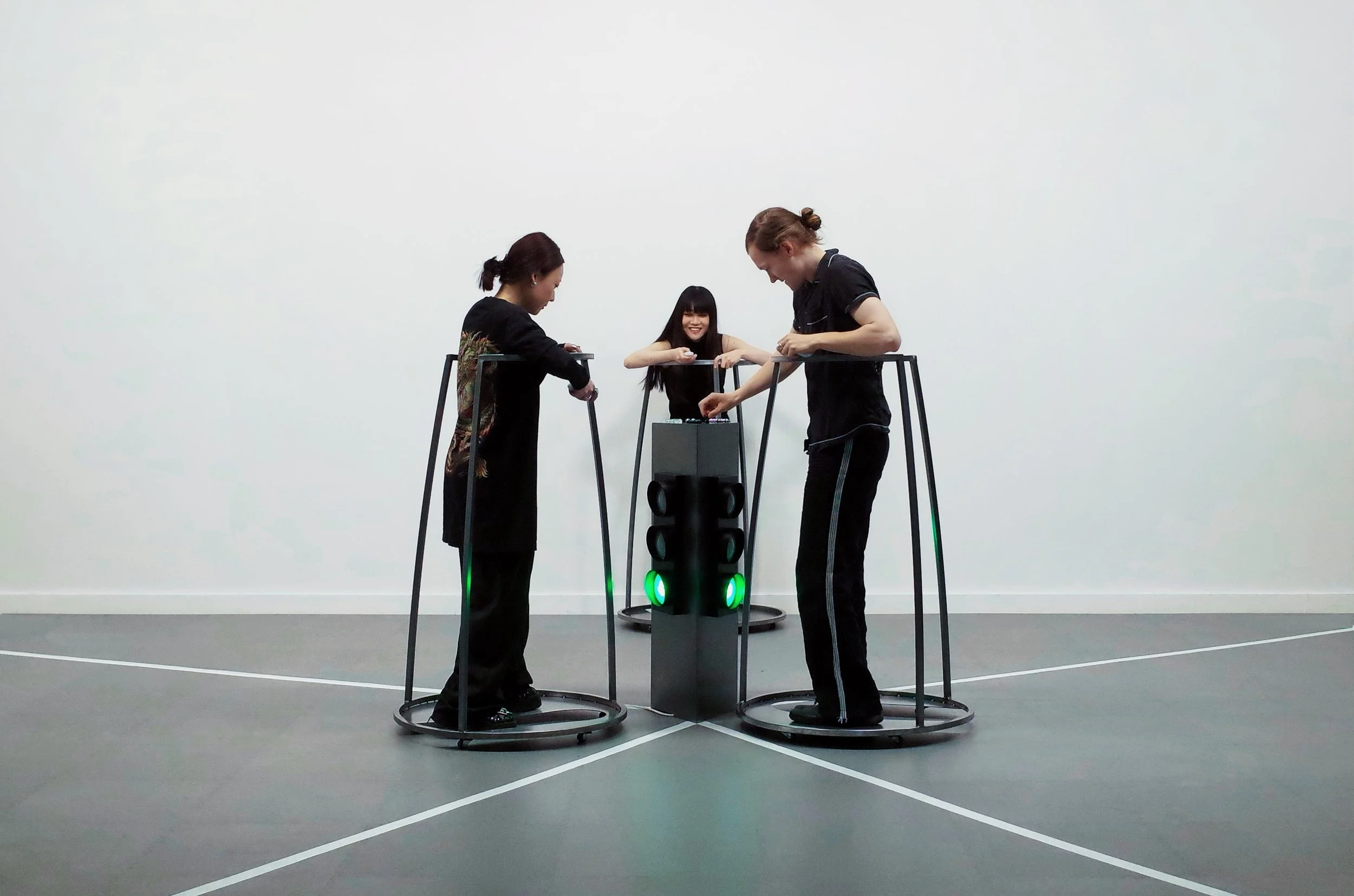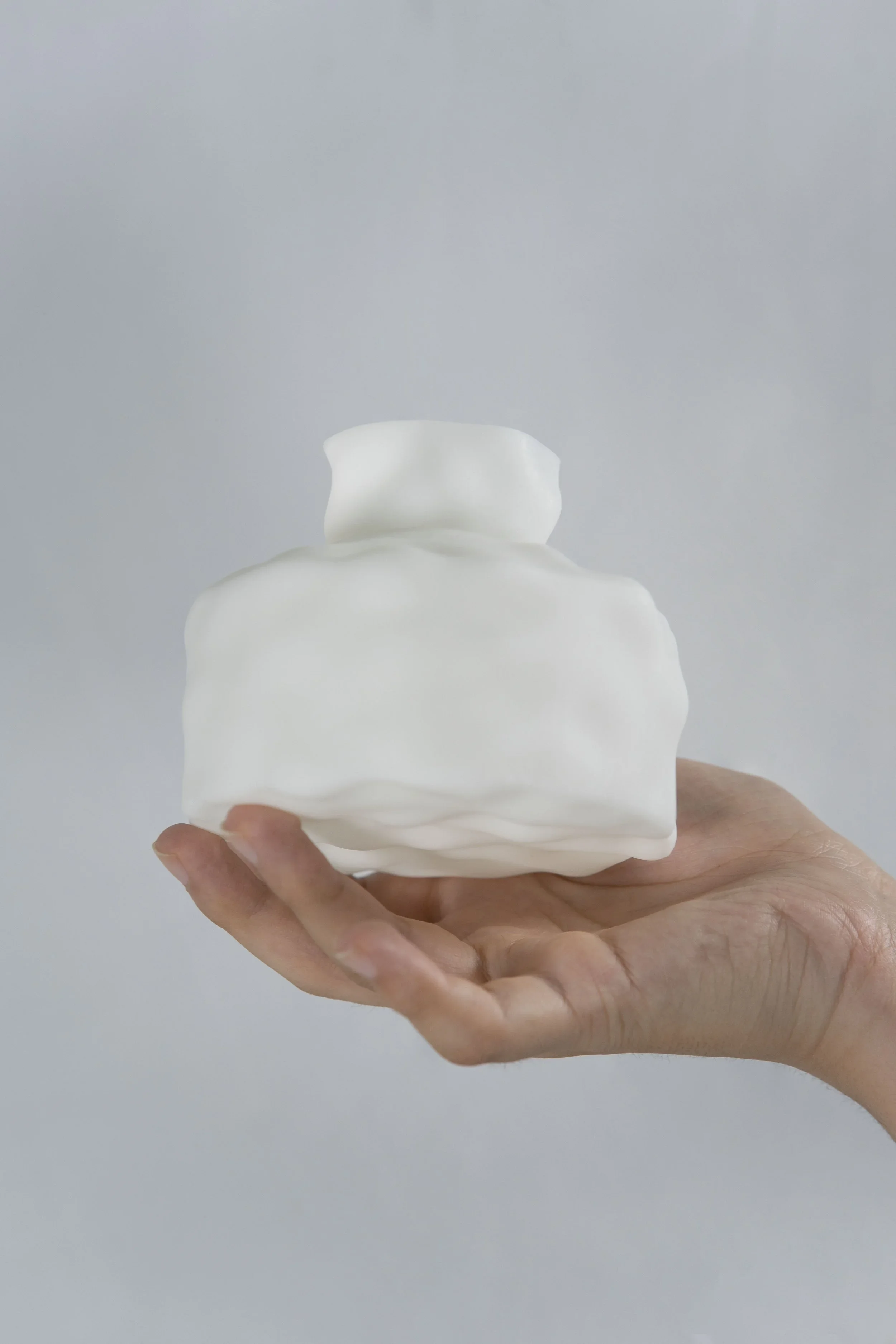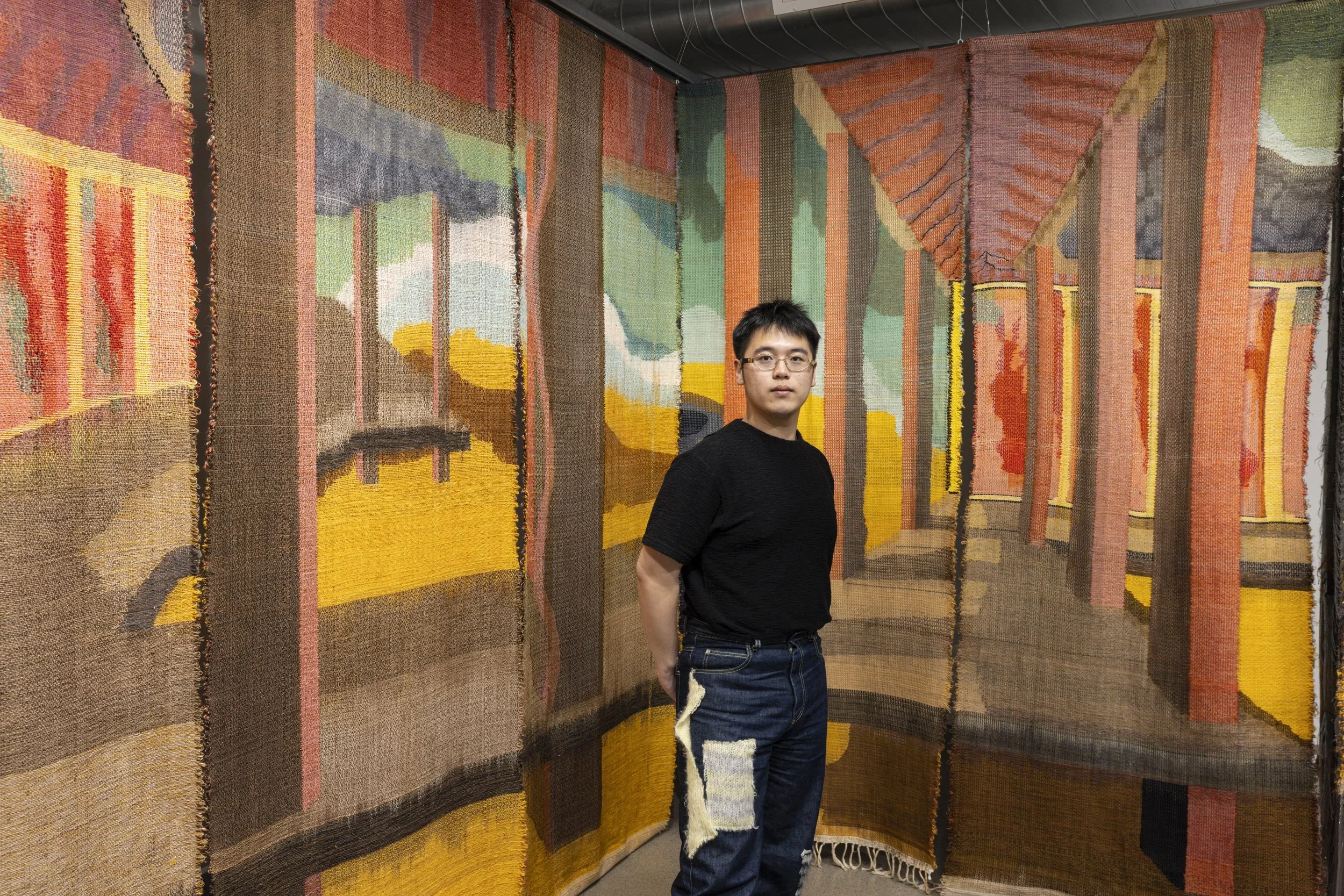10 Questions with Sarvesh Singh
Sarvesh is an architect, writer, and multi-disciplinary designer based in India. Working through a radically collaborative approach, he has contributed so far to diverse project scales and typologies in parts of India, Africa, and America.
His inspiration stems from the emergent antithesis of a definitive style and spills over from environmental design to cartography, storytelling, media, sculpture, installation, film, interactive world-building, and more.
Sarvesh Singh - Portrait | ph. Alisha Raman
ARTIST STATEMENT
As an architect with a diverse international background, his work is deeply influenced by the cultural and social contexts in which it is created. His experiences in India, Africa, and Europe have given him a unique perspective on the built environment and the ways in which it can serve and enhance the lives of the people who inhabit it.
In addition to his training and practice as an architect, he has a strong interest in interdisciplinary work, particularly across the domains of sculpture, installation art, film, and storytelling. He believes that these mediums can be powerful tools for communicating complex ideas and emotions, as he strives to incorporate them into his projects contextually.
His agenda as an architect is to create spaces that are not only functional and aesthetically pleasing but also have the ability to inspire and engage those who use them. He operates with a firm belief that design has the power to subliminally transform lives and communities and remains committed to using his skills and talents to create spaces that are meaningful and impactful for all who encounter/occupy them.
Forest of Imaginarium, Installation Design, Sculpture, 5.4x7.2 m, 2020 © Sarvesh Singh
INTERVIEW
Let’s talk about yourself first. Why are you an artist, and how did you become one?
Certain people do creative work on an extremely personal level, almost as a form of therapy, or to be able to access their childhood through a new lens. A lot of such work, no matter how excellent, never really warrants general attention, but does that mean it shouldn’t have been made in the first place? Obviously not!
This paradox intrigues me, and is very much aligned with a philosophy in India called Nan Yaar, which simply translates to Who am I? Like any artist, my work is nothing but a silent meditation on this question. In art, I have found a refuge or pathway to constantly explore and unlearn.
What is your artistic background? And how did you develop into the artist you are today?
Context is everything, not just in terms of space but also time and culture. Tension and contradiction are opportunities to tell any story, and my background is primarily grounded in narratives and playfulness – how layers and elements pan out in relation to each other. In how we connect to our environments, each person tries to regulate how contrasted or blended they are.
Transposing this sense onto non-human objects/beings, spaces and media elevates them beyond just a superficial indifference/ adaptability (at best) to an enriched responsiveness. Navigating the world with this lens has been somewhat instrumental to my approach so far.
Breathing Skin, Computational Design, 7.2x4.5 m, 2021 © Sarvesh Singh
How would you define yourself as an artist today?
If I absolutely had to, it’d be defined in actionable terms – to absorb and make, with a certain knack for fun and responsibility. In the past few years, our analog lives have become woven into and around the digital realms. I read somewhere that the Internet is a lot like a dream space – repressed people come to vent here. For someone like me, it’s about helping create a safer place so people can vent better, maybe with a tiny bit more grace and method.
You have a background in architecture; how does it influence your work as an artist?
Architecture is highly driven by critique and feedback and is never a solo endeavour. Just like film or orchestra, the making of any space is always a deeply collaborative process. This is ensured by an evolving framework where ideas ricochet off throughout the entire team to the extent that the individual’s biases are blurred away. Maybe this is why it’s so challenging not to have a subconscious dependency on your collaborators after any project reaches closure. I have found art takes on the form of a Third Space where one can be sheltered from and reflect upon Life, whether a whirlwind or smooth sailing, and everything in-between.
What are the differences and similarities between your work as an architect and your art practice?
Most differences are purely symbolic – perhaps, the management of expectations is an important distinction. Safety, code specifications, and the commercial angle need to be responded to with much care while constructing a building. Personally, the common ground is in both, art and architecture’s capacities of coming up with an unforeseen route and the dispensing of a service. In the case of architecture, it’s a tangible space with deliberately invisible characteristics. In the case of art, it’s a sometimes visible medium with resonant traits, accessing one’s own personhood.
Bamboo Treatment, Architecture, 12x9x7 m, 2018 © Sarvesh Singh
Foraging Bricks in Patan, Kathmandu, Photography, 2016 © Sarvesh Singh
In your work, you deal primarily with the concept of time. What messages do you want to convey?
A few years ago, I was privileged enough to witness the ancient city of Kathmandu heal gradually from the 2016 Himalayan Earthquake. It was moving to be in a city that had been devastated but still found the courage to rebuild steadily.
I feel that, as kids, we were conditioned to process time linearly. A textbook and chalkboard linguistically reduced and compartmentalised time into past-present-future. We swallowed up this simplistic model whole and never really pondered why.
As one grows, a slow observation unfolds: so much of life is non-linear – music, healing, awareness, even anger, and letting go.
What if my work could encapsulate this simple idea of non-linearity?
One immediately jumps to the conclusion of simultaneity to accommodate a hyperconnected, globalised timescape. If we resist this little temptation, we are acquainted with Presence, the kind that rebuilds cities and civilisation.
You work with different techniques, from installation to photography and sculpture. How do you choose the medium you want to work with?
This will sound somewhat of a cliché, but based on time and place, it’s as if the medium chooses me. I don’t really have any say in the matter. It’s just listening to whatever decides to present itself.
A key element in your production is bamboo. What does this material represent for you? And why did you choose it?
Bamboo is the classic underdog of a material, cost-effective, and highly accessible. Through sheer coincidence, it was abundantly present when I started working, and it might have as well been any other material. In South Asia, it is generally perceived as a feasible alternative to steel pipes for scaffolding and making pavilions for all kinds of festivals. Its rawness and absolute lack of pretence, both structural and aesthetic, speaks for itself.
Metaphorically, it grows in clusters and can regenerate from the place it is amputated. What resonates best with me is a piece of ancient wisdom associated with – when the winds of change blow, the mighty oak ruptures while the humble bamboo bends.
Delta Lives, Interactive Worldbuilding, 2.9km x 1.4km, 2022 © Sarvesh Singh
Do you have any new projects or series you are currently working on?
Currently, I am working on a project called Delta Lives with a multi-disciplinary team. It sheds light on the coastal biospheres of Sundarbans in India and Bangladesh. By embodying the perspective of its inhabitants, flora, and fauna, the project aspires to generate buzz around climate change without sounding preachy or alarmist, but rather in a playful and interactive way.
Another piece I’d like to talk about is Kollur2147. Kollur is the mine where the legendary Kohinoor is speculated to have been found. Today, that diamond continues to be a symbol of colonial power, last sighted publicly during the cremating procession of Queen Elizabeth II. We approached this art project as a lens to a post-colonial world through poetic animation, memory, and recovery from collective ancestral trauma.
And lastly, as we just entered 2023, what are your goals for this new year?
Just one - enjoy the ride.





















